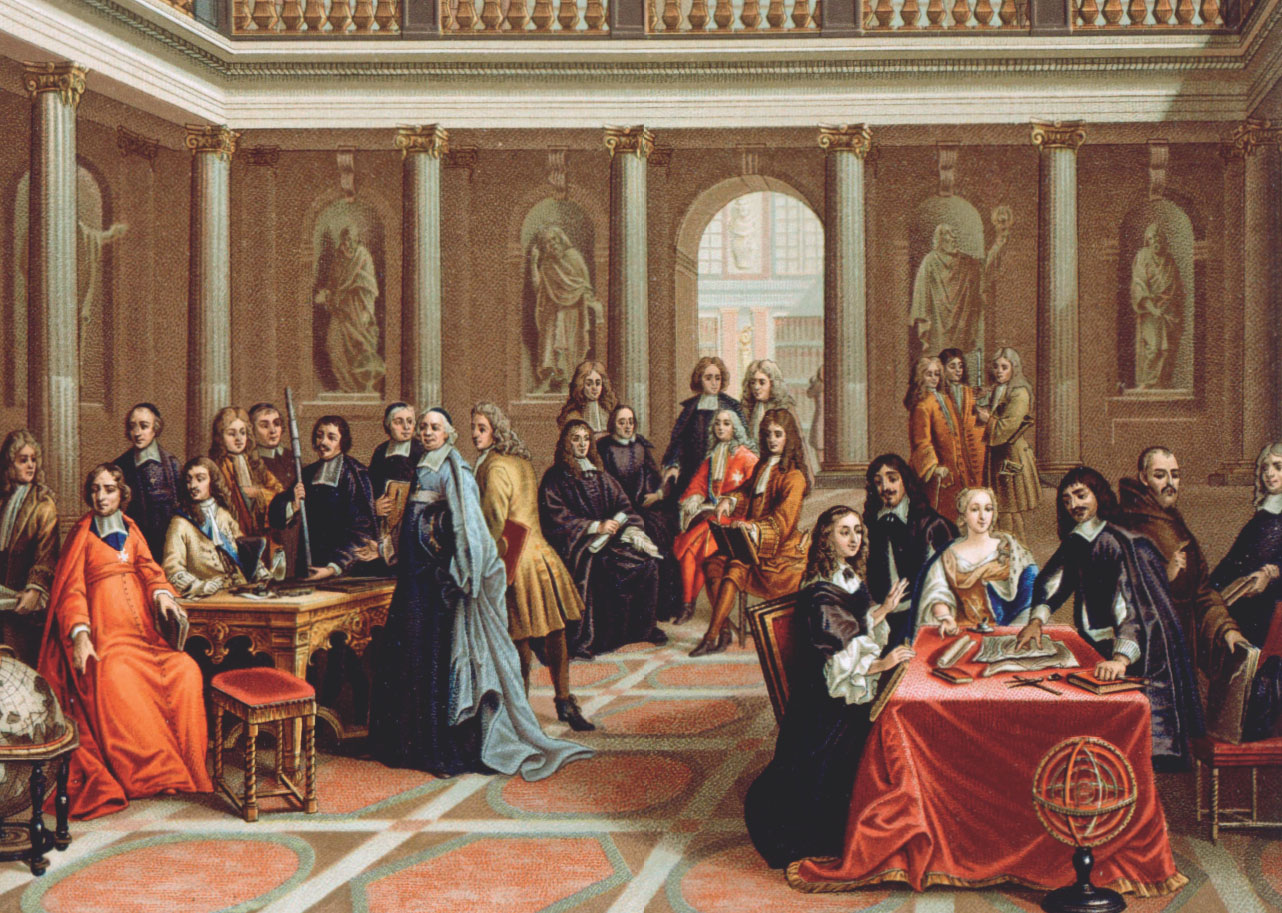

If you ever go to Dublin, Ireland, take a bus to Broombridge Road and get off at the Royal Canal. You may not realize it, but you have just arrived at the site of the most famous mathematical graffiti in history.
From street level, the stone bridge that the road takes its name from is small and nondescript, but if you descend to canal level and walk to the west side of the bridge, you will find (along with lots of modern, spray-painted graffiti) a plaque with the following inscription:
“Here, as he walked by on the 16th of October 1843, Sir William Rowan Hamilton in a flash of genius discovered the fundamental formula for quaternion multiplication i2 = j2 = k2 = ijk = –1 & cut it on the stone of this bridge.”
To be honest, no one knows if Hamilton really did carve his formula into Brougham (pronounced “broom”) Bridge. The source of the story is a letter that he wrote to his son, Archibald, many years later, and like many family stories it may have been embellished. However, there is no doubt of Hamilton’s excitement over the discovery of quaternions, which he considered the greatest of his life.
Hamilton became so besotted with his creation that he spent the rest of his life studying the equations. Viewed from more than a century later, the discovery was in fact a turning point in mathematical history, but in a subtler way than Hamilton could have anticipated. They were the first example of a new algebra, created entirely out of one person’s imagination. This step, along with the nearly simultaneous discovery by other mathematicians of new geometries and new functions, liberated mathematicians from traditional structures (and strictures). For the first time, they could venture beyond the real world—they were free to invent entire new worlds.
Before the nineteenth century, there was only one algebra and one geometry. The idea did not even occur to mathematicians to invent anything different. It is true that the concept of “number” had gradually expanded over the centuries, first to include irrationals, then zero and negatives, and finally imaginary numbers. But these new kinds of number were annexed only with great difficulty, and only after bitter debate. They were accepted only because they were indispensible. Similarly, calculus was a revolutionary technique but it did not involve the creation of a new geometry. Newton’s concept of space was exactly the same as Euclid’s.
All of this changed in the nineteenth century. It was a revolutionary era, in mathematics as in the outside world. Beginning with the French Revolution, European societies were scrapping their old political structures and creating new ones. Likewise, mathematicians began trying out new structures that directly contradicted axioms they had been using for centuries. It was an era when Mary Shelley could write her novel, Frankenstein; or the Modern Prometheus, warning of the dangers of scientists playing God. Mathematicians became modern-day Prometheans, like Dr. Frankenstein, although their creations were not made of flesh and blood.
Hamilton would have deplored this development. Socially he was conservative, a supporter of the English Crown in an Ireland that was starving and chafing under English domination. Mathematically, he invented quaternions in order to understand Euclidean space, not in order to create a new algebra. Nevertheless, revolutions are often begun by people who have no inkling of what they are starting.